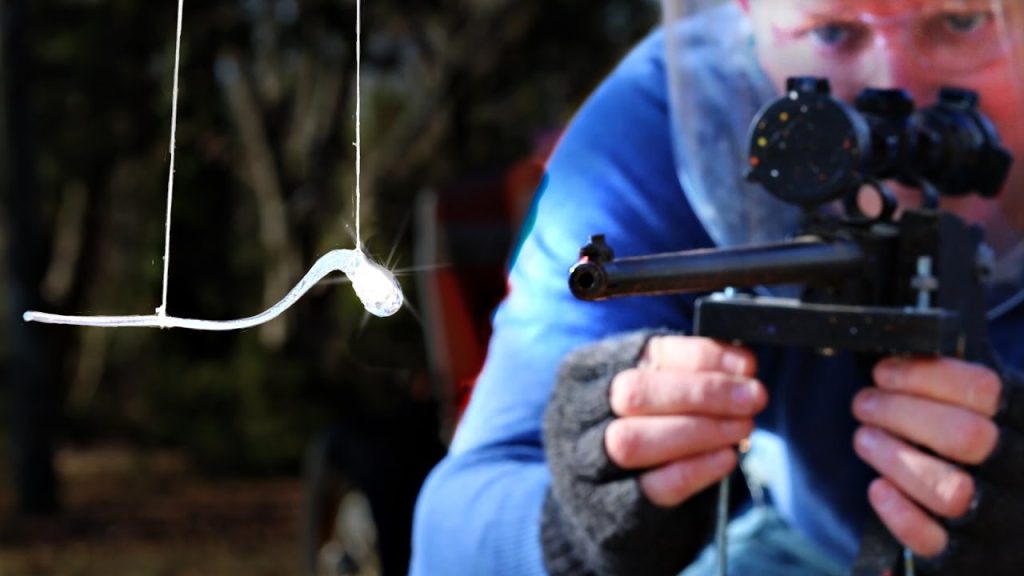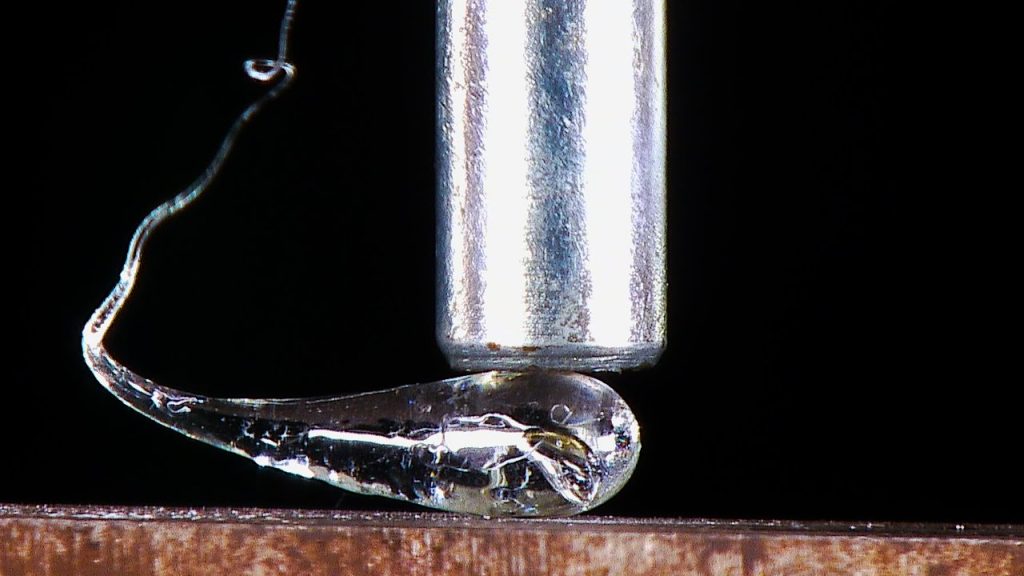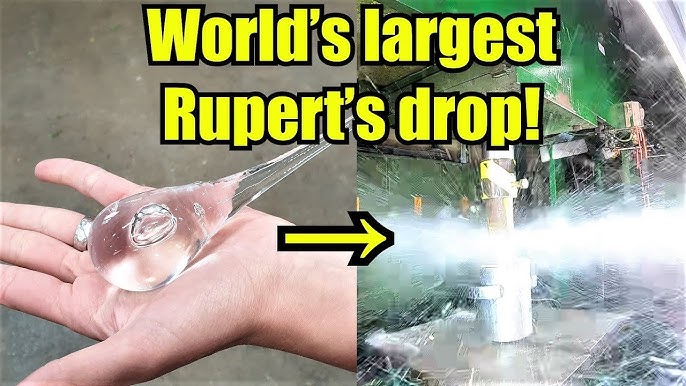In a dark 17th-century workshop, a curious prince stood over a molten pot of glass. He dropped a glowing droplet into cold water and watched it harden instantly into a teardrop shape. Moments later, he struck the bulbous end with a hammer—and it didn’t break. But when he snapped the thin tail, the whole thing exploded into dust.
This was the beginning of the legend of Prince Rupert’s Drop.
More than just a party trick, this strange piece of glass would go on to baffle scientists for centuries. But what makes it so strong and yet so fragile? And why does it still matter today?
This is the story of Prince Rupert’s Drop—its secrets, its science, and its surprising power.
What Is Prince Rupert’s Drop?
Prince Rupert’s Drop is not a person. It’s a tiny, tough, and explosive droplet of glass created by dripping molten glass into cold water. The result is a tadpole-shaped object—fat on one end and with a long, curling tail.
It may look fragile, but don’t be fooled.
If you hit the thick end with a hammer, it won’t break. It can even dent metal. But if you so much as pinch the tail, the whole drop shatters in a microsecond. That explosive snap has stunned generations—and it’s still doing it today.
The Secret Strength Within
So what makes Prince Rupert’s Drop so strong?
The answer lies in how it’s made. When hot glass touches cold water, the outside cools quickly and hardens. But the inside cools slowly and pulls inward as it solidifies.
This creates something called “residual stress.” The outer shell is under compression—pushing inward—while the core is under tension—pulling outward. This makes the bulbous head incredibly tough. Hammers bounce off it. Even bullets sometimes can’t break it.
The compression acts like armor, holding the glass tightly together.
But here’s the catch: this same structure is also its downfall.
When the Mighty Fall: Fragility at Its Core
While the drop’s head is nearly indestructible, its tail is another story.
That fragile glass tail holds all the tension created during cooling. It’s like a ticking bomb. When the tail snaps or even gets scratched, that tension gets released in an instant. The shockwave races through the drop at over 4,000 miles per hour.
The result? The entire structure shatters into microscopic glass dust.
It’s one of the strangest contrasts in nature: extreme strength and extreme fragility in the same object.
This paradox is why scientists have studied Prince Rupert’s Drop for centuries. And it still surprises them.

The Science Behind the Shock
Modern technology, including high-speed cameras, has helped reveal what’s really happening inside Prince Rupert’s Drop.
Scientists now use ultra-slow motion video to capture the instant shattering. What they found is amazing: cracks move faster than the speed of sound in glass.
This is called a “disruptive fracture,” and it’s not common.
Physicists have also discovered that the outer compression zone is what makes it so hard to break. Without that stress, the drop would simply act like normal glass.
This special structure has inspired engineers and researchers to think about new ways to make materials that are both strong and safe—materials that can absorb energy but fail in a controlled way.
Prince Rupert’s Drop in Modern Technology
You might be surprised to know that the strange behavior of Prince Rupert’s Drop has inspired real-world technology.
Some military armor uses similar stress designs to absorb shock and protect against explosions. Engineers studying how to make glass safer for phones and vehicles have looked closely at how these drops manage stress.
Even bulletproof glass shares some concepts with the drop—layering and compressing to create strength.
The drop’s explosive shattering has also helped researchers understand how to design “safe-fail” systems—materials that collapse quickly under stress to prevent more dangerous failures.
Why the World Still Talks About It
There’s something magical about a mystery that’s also a science experiment. Prince Rupert’s Drop has fascinated kings, scientists, teachers, and children for centuries.
From classrooms to YouTube science shows, people still love watching the moment the drop explodes. It’s not just about the fun—it’s about discovering how the universe works.
This drop is a perfect symbol of how curiosity leads to discovery. One strange object dropped into water by a curious prince has sparked centuries of learning.
And it’s not done yet.

Visit our website for more updates and stories
Final Thoughts
In a world full of wonders, Prince Rupert’s Drop remains one of the most captivating. It’s tough, fragile, powerful, and poetic—all at once.
Its story blends history, science, and a bit of magic. From its creation in royal glass shops to modern physics labs, it’s a reminder that even the smallest things can hold the biggest secrets.
So next time you hold a glass of water, think of the little drop that defied a hammer but surrendered to a snap.
That’s the shocking, fascinating world of Prince Rupert’s Drop.













